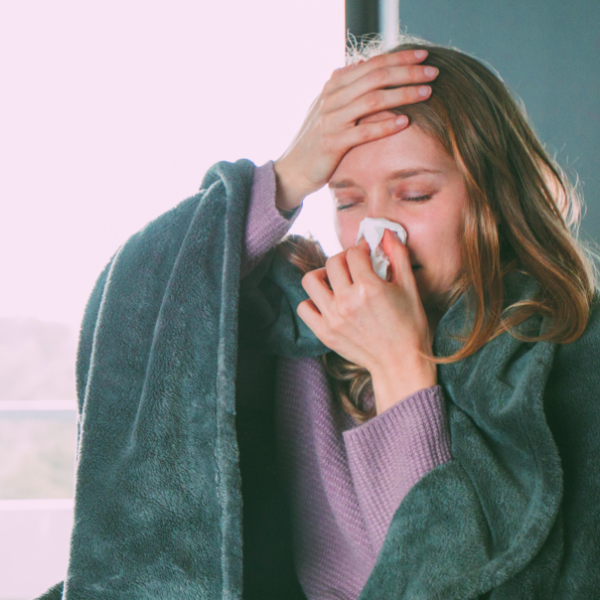The Spread of Cold & Flu and Healthy Habits for Prevention
Influenza (flu) and the common cold are highly contagious respiratory diseases caused by different viruses. While flu is caused only by influenza viruses, the common cold can be caused by various viruses, including rhinoviruses, parainfluenza, and seasonal coronaviruses (not to be confused with Covid-19).
Since flu and cold have similar symptoms, differentiating them can be troublesome. In general, flu is far more dangerous than the common cold, its symptoms are more intense and can produce some severe health complications.
On the other hand, people suffering from the common cold are more likely to have a runny nose, and it doesn’t result in serious health problems, such as pneumonia, bacterial infections, or hospitalizations.
Even though flu and cold have several differences, they both are highly infectious, and if you are sneezing, coughing, and have a fever, you could be contagious.
How does Cold & Flu spread?
You may wonder how it happened at the first sign of the flu or cold, especially since you have followed all the essential tips to prevent them.
- Both cold and flu viruses are spread through coughing, sneezing, wiping your nose, and touching objects or other people.
- Viruses spread via tiny droplets in the air released when a sick person coughs, sneezes, or blows their nose.
- You can also contract these viruses by touching your nose, eyes, mouth, or any part of the face after touching something contaminated by the virus. These viruses can stay alive on those objects for up to 2 days.
- If you come in contact with flu or cold germs, your chances of getting sick aren’t 100%. It relies on when the other person was infected, how contaminated the droplets are, and if you practice basic health guidelines for avoiding flu.
- People are most contagious during a cold's first 2 to 3 days. After the first week, the cold is not infectious. People can transmit the virus to someone else 1 day before symptoms start. They can become virus carriers before they even know they are sick.
- When it is the cold & flu season, avoid crowded spaces such as train stations, stadiums, entertainment facilities, concerts, etc., to decrease your chances of contacting someone infected with the virus.
- Regularly clean and disinfect surfaces shared and frequently touched by multiple people, such as doorknobs, tables, chairs, etc., to prevent the virus from spreading. Always use multi-surface disinfectant products and antiseptic liquid to kill 99.99% of bacteria, viruses, and germs.
- Spending a lot of time in places where you can’t wash your hands or where surfaces aren’t frequently cleaned and disinfected can increase the risk of contracting viruses.
How to Prevent Yourself from Cold or Flu?
Below are some everyday tips for staying healthy during flu or cold seasons.
- Wash your hands with warm water and either antibacterial soap or liquid hand wash for at least 20 seconds. If that is not possible, use hand sanitizer to kill 99.99% of viruses, germs, and bacteria.
- Avoid close contact and maintain social distance with sick people or those who have started displaying symptoms. Also stay home if you feel sick to prevent the illness from spreading to others.
- Viruses, bacteria, and germs can stay alive on surfaces for up to 2 days. Therefore, ensure you continually clean and disinfect frequently touched surfaces at home, work, school, etc.
- Get sufficient/enough sleep, be physically active, try to minimize stress, drink plenty of fluids, and eat nutritious food.
- While coughing or sneezing, clean your mouth or nose with a tissue and dispose of it properly afterwards. If you do not have a tissue, blow or cough into the crevice of your elbow to prevent the droplets from spreading into the atmosphere.
- Always cover your mouth and nose when coughing or sneezing. It may stop those near you from getting sick. Flu or cold viruses, bacteria, and germs are spread primarily by droplets created when people with flu cough, sneeze or talk.
